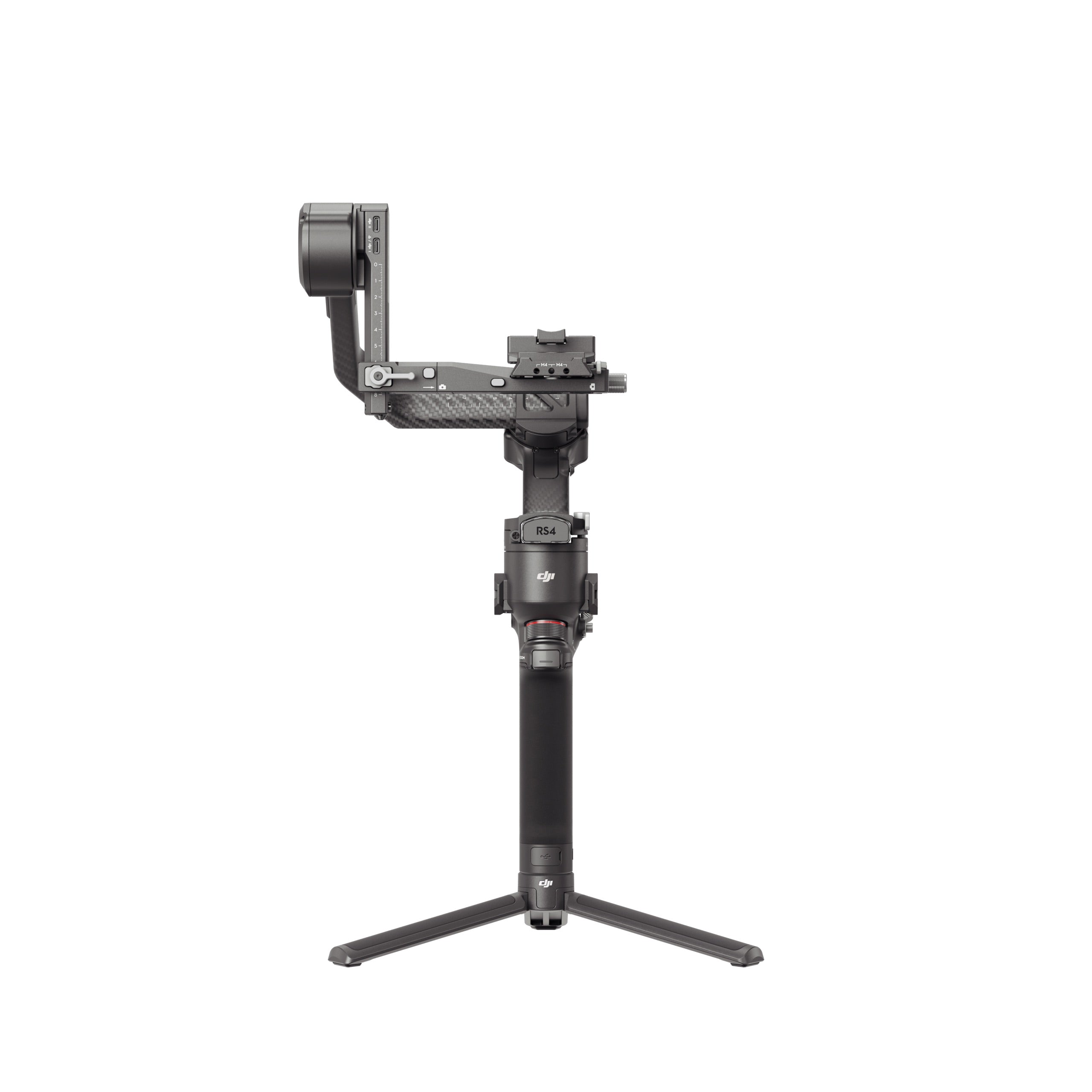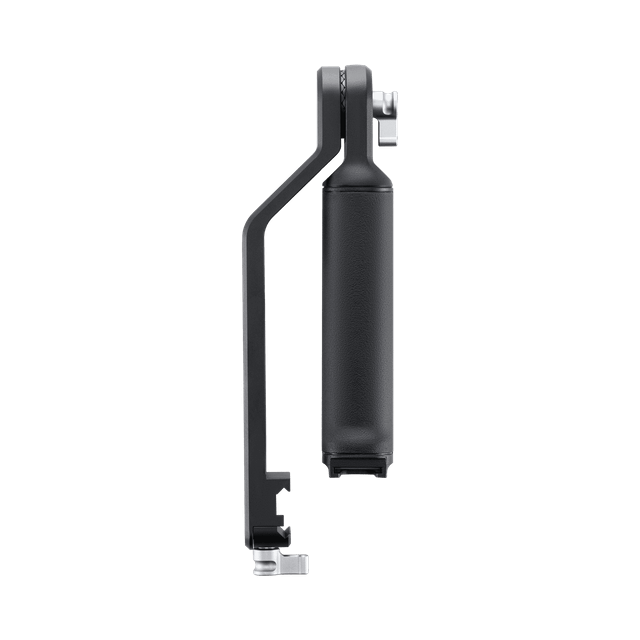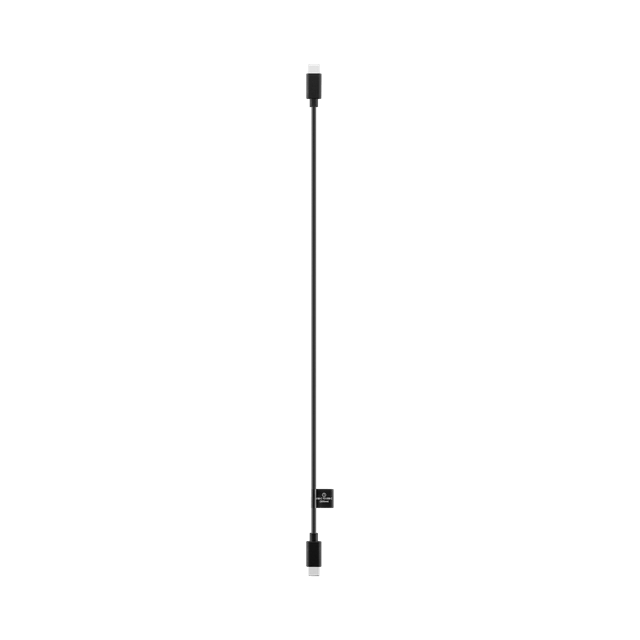








DJI RS 4 Pro
- 2nd-Gen Native Vertical Shooting
- 4.5kg (10lbs) payload Capacity With a 20% Increase in Motor Torque
- Supports Dual Focus & Zoom Motors With Remote Control
- Lidar Focusing 76,800 Ranging Points, 20-Meter Subject Focusing
- Lidar & Transmission Interconnectivity
- Approx, 2.4x Battery Runtime, All-Scenario Solutions
Delivery with-in 6 to 8 Business Days.

Take a Closer Look

Approx. 2.4x Battery Runtime, All-Scenario Solutions
Extend runtime up to 29 hours[2]with the RS BG70 High-Capacity Battery Grip.[3]And choose from various handheld configurations with RS SDK protocol.[4]

LiDAR & Transmission Interconnectivity
With the Focus Pro LiDAR to DJI Transmission Cable Hub,[2]RS 4 Pro can power LiDAR and the DJI Video Transmitter simultaneously,[2]achieve LiDAR Waveform,[8]and convenient control.
Approx. 2.4x Battery Runtime, All-Scenario Solutions
Extend runtime up to 29 hours[2]with the RS BG70 High-Capacity Battery Grip.[3]And choose from various handheld configurations with RS SDK protocol.[4]
LiDAR & Transmission Interconnectivity
With the Focus Pro LiDAR to DJI Transmission Cable Hub,[2]RS 4 Pro can power LiDAR and the DJI Video Transmitter simultaneously,[2]achieve LiDAR Waveform,[8]and convenient control.


Camera Compatibility List
Let’s Answer Your Questions
What improvements does DJI RS 4 Pro have compared with DJI RS 3 Pro?
DJI RS 4 Pro supports the second-generation native vertical shooting for further elevated efficiency. You can release the horizontal plate and secure it into the vertical position for an effortless switch to vertical shooting. [1]
DJI RS 4 Pro introduces a new joystick mode switch that allows for the control of either the gimbal movement or the lens zoom via the joystick. In zoom control mode, cinematographers can perform Power Zoom for PZ lenses, Clear Image Zoom, [10] and external focus motor zoom. When paired with two Focus Pro Motors, [5] RS 4 Pro allows cinematographers to adjust the lens zoom via the joystick and precisely control the focus via the dial, facilitating smooth and effortless lens control.
The roll axis has added dual rolling bearings, facilitating easier adjustments.
The second-generation automated axis locks have been upgraded to achieve smaller gaps, further reducing gimbal shakes when locked.
The ecosystem compatibility has also been improved. DJI RS 4 Pro integrates seamlessly with the DJI Focus Pro lens control system, DJI Transmission, and an extensive control ecosystem. [4] This synergy empowers the film and television industry with a full-scale production solution that unites stabilization, transmission, monitoring, focusing, and control, broadening the horizons of creative possibilities.
What are the differences between the DJI RS 4 Pro standalone version and the DJI RS 4 Pro Combo? What other DJI RS 4 Pro accessories are worth buying?
The DJI RS 4 Pro standalone version includes the BG30 Battery Grip, Quick-Release Plate (Arca-Swiss/Manfrotto), Briefcase Handle, Carrying Case, and other practical accessories. The DJI RS 4 Pro Combo includes additional accessories such as the Ronin Image Transmitter and Focus Pro Motor, helping cinematographers effortlessly achieve integrated stabilization, transmission, and control in creative work.
You can also purchase the all-new DJI RS BG70 High-Capacity Battery Grip to extend DJI RS 4 Pro's battery runtime to 29 hours. [3] It also supports powering your camera and accessories with up to 18 watts via the USB-C port at the bottom, catering to prolonged creative sessions. Moreover, DJI RS 4 Pro is natively compatible with DJI Focus Pro. By purchasing the DJI Focus Pro Motor, LiDAR, and Hand Unit, you can access advanced features such as more accurate, distant, and intelligent LiDAR autofocus, the next-generation ActiveTrack Pro, as well as multi-channel control of focus and zoom.
Is DJI RS 4 Pro compatible with accessories from the previous generation?
DJI RS 4 Pro is compatible with the previous-generation DJI RS series accessories as well as most DJI PRO ecosystem products. For specific compatibility information, please refer to theDJI RS Series Universal Accessories List.
Can DJI RS 4 Pro be used with the DJI Focus Pro LiDAR and DJI Transmission simultaneously?
Yes. This requires the DJI Focus Pro LiDAR to DJI Transmission Cable Hub.
How long is the runtime of the DJI RS 4 Pro battery grip?
When the gimbal is balanced in a level and stationary state, and the battery is powering only the gimbal, the battery runtime can reach 13 hours. When DJI RS 4 Pro is used with the new DJI RS BG70 High-Capacity Battery Grip, the battery runtime can be extended to 29 hours.
How long does it take to fully charge the DJI RS 4 Pro battery grip?
Approx. 1.5 hours.*
* Measured with a charger supporting 24W fast charging. It is recommended to use chargers supporting QC 2.0 or PD protocols.
Are the battery grips of DJI RS 4 Pro, DJI RS 4, and DJI RS 3 Pro interchangeable?
The DJI RS 4 Pro battery grip is compatible with DJI RS 4 and DJI RS 3 Pro. However, the DJI RS 4 battery grip cannot be used with DJI RS 4 Pro.
Can I use the DJI RS BG70 High-Capacity Battery Grip to charge my camera?
The DJI RS BG70 High-Capacity Battery Grip only supports charging mainstream cameras when they are powered off. The charging speed depends on the camera's charging protocol.















